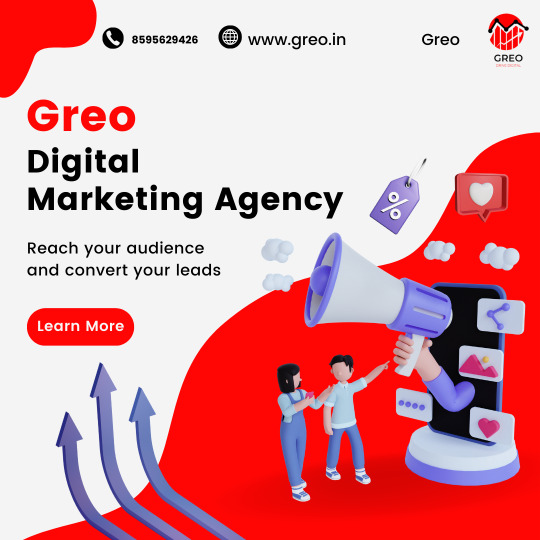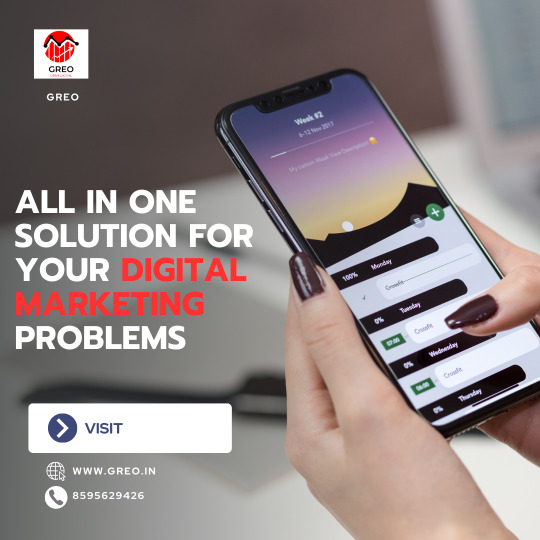Text
The Rise of Conversational Marketing: Engaging in a Digital Dialogue

In the ever-evolving landscape of digital marketing, businesses are constantly seeking innovative strategies to connect with their audience on a deeper level. Enter conversational marketing, a user-centric approach that is transforming how brands interact with their customers online. This method focuses on real-time, one-to-one connections between marketers and customers, primarily through chatbots, messaging apps, and social media platforms. It's not just about pushing a product or service; it's about building relationships and providing personalized experiences.
What is Conversational Marketing?
Conversational marketing leverages artificial intelligence (AI) and natural language processing (NLP) technologies to facilitate engaging, two-way conversations with customers. This approach is designed to enhance the customer experience, streamline the buyer's journey, and boost conversion rates by providing instant responses and solutions to user queries. The goal is to make interactions as human and as personalized as possible, moving away from traditional, one-sided marketing communications.
Why Conversational Marketing Matters
In a digital era where consumers value personalization and instant gratification, conversational marketing stands out as a highly effective strategy. It allows businesses to:
Boost Engagement: Interactive chats and personalized messaging can significantly increase customer engagement, keeping users on your site longer and encouraging them to explore more of your content and offerings.
Enhance User Experience: By providing instant, 24/7 responses, conversational marketing tools ensure that customers receive the help they need exactly when they need it, significantly improving the overall user experience.
Accelerate the Sales Process: Conversational marketing can effectively move customers through the sales funnel by answering questions, recommending products, and even processing transactions in real-time.
Collect Valuable Insights: Every conversation provides valuable data about customer preferences, pain points, and behaviors, allowing businesses to tailor their products, services, and marketing strategies more effectively.

Implementing Conversational Marketing
Chatbots on Websites: Integrating AI-powered chatbots on your website can provide immediate assistance to visitors, from answering FAQs to guiding them through the purchase process.
Messaging Apps: Platforms like WhatsApp, Facebook Messenger, and Instagram Direct are excellent channels for implementing conversational marketing. They offer a familiar environment for users to interact with brands.
Personalized Email Campaigns: Using conversational language and AI to personalize email content can make your communications feel more like a dialogue than a broadcast.
Social Media Engagement: Actively engaging with comments, messages, and mentions on social media platforms reinforces the conversational aspect and strengthens customer relationships.
Best Practices for Conversational Marketing
Keep it Human: Even when using AI, the tone of conversations should be friendly, helpful, and as human-like as possible. Personalization goes a long way in making customers feel valued.
Be Responsive: Timeliness is crucial in conversational marketing. Automate where possible, but also ensure that there are provisions for escalating more complex queries to human agents.
Prioritize Privacy: Be transparent about how you collect and use data obtained from conversations, and ensure compliance with data protection regulations.
Analyze and Optimize: Regularly review conversation logs and analytics to understand what's working and what isn't. This continuous improvement cycle is key to refining your strategy and enhancing customer experiences.
The Future of Conversational Marketing
As technology continues to advance, conversational marketing is set to become even more sophisticated, with AI becoming increasingly adept at understanding and mimicking human conversation. This not only opens up exciting possibilities for creating more engaging and meaningful interactions but also challenges businesses to maintain a delicate balance between automation and genuine human touch.
Conversational marketing is not just a trend; it's a fundamental shift in how businesses communicate with their customers. By embracing this approach, brands can create more authentic, enjoyable, and efficient customer experiences, leading to deeper relationships and improved business outcomes in the digital age.
0 notes
Text
0 notes
Text
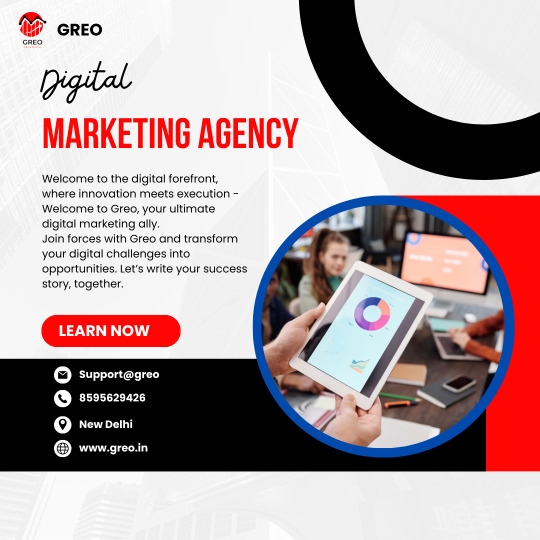
Let us take your business to new heights with our customised digital marketing strategies only for you
for more info visit- www.greo.in
0 notes
Text

Digital Marketing Tips
AI-Driven Personalization: In the evolving landscape of 2024, leverage Artificial Intelligence (AI) for personalized marketing experiences. Implement AI algorithms to analyze customer behavior, preferences, and demographics. This data-driven approach allows you to tailor your content, advertisements, and user experiences to individual preferences, increasing engagement and conversion rates.
Interactive Content Marketing: Move beyond traditional content and embrace interactive formats. Video content, quizzes, polls, and immersive experiences are gaining traction. Interactive content not only captures attention but also encourages active participation, fostering a deeper connection between your brand and the audience. Incorporate elements that encourage users to engage and share, amplifying your reach.
Voice Search Optimization: With the rise of smart speakers and voice-activated devices, optimizing for voice search is paramount. Adapt your SEO strategy to accommodate natural language queries. Focus on long-tail keywords, FAQ-style content, and concise, conversational language. Voice search optimization ensures your business remains discoverable in the era of voice-activated search assistants.
Augmented Reality (AR) Experiences: Enhance customer engagement through immersive AR experiences. Whether it's virtual try-ons for products or interactive AR ads, incorporating augmented reality into your digital marketing strategy creates memorable and shareable moments. AR not only differentiates your brand but also provides a futuristic and cutting-edge image in the eyes of consumers.
Ethical and Sustainable Branding: Consumers in 2024 are increasingly conscious of ethical and sustainable practices. Align your brand with values that resonate with environmentally and socially conscious audiences. Communicate your commitment to sustainability through digital channels, showcasing eco-friendly practices, ethical sourcing, and corporate social responsibility initiatives. Authenticity in your messaging will build trust and loyalty among consumers who prioritize ethical considerations in their purchasing decisions.
0 notes
Text
How to Grow Business

Strategic Digital Presence: Invest in a robust and strategic online presence. In the digital age, your business's visibility and accessibility online are critical. Develop a user-friendly, mobile-responsive website, optimize it for search engines (SEO), and leverage social media platforms. Engage with your audience through content marketing, blogs, and social media posts to build brand awareness and trust. A strong online presence not only attracts potential customers but also allows you to showcase your products or services effectively.
Customer-Centric Approach: Prioritize customer satisfaction and loyalty. Happy customers are not just clients; they become brand advocates. Provide exceptional customer service, actively seek feedback, and use it to enhance your products or services. Implement loyalty programs, personalized marketing, and customer relationship management (CRM) tools to strengthen your connection with existing customers. Satisfied customers are more likely to refer others, leading to organic growth through word-of-mouth recommendations.
Diversification and Innovation: Explore new markets, products, or services to diversify your business. Staying adaptable in a dynamic market is crucial for sustained growth. Keep an eye on industry trends, emerging technologies, and changing consumer preferences. Innovate your offerings or processes to stay ahead of the competition. By continuously evolving and introducing new elements to your business, you not only capture new markets but also retain the interest of your existing customer base.
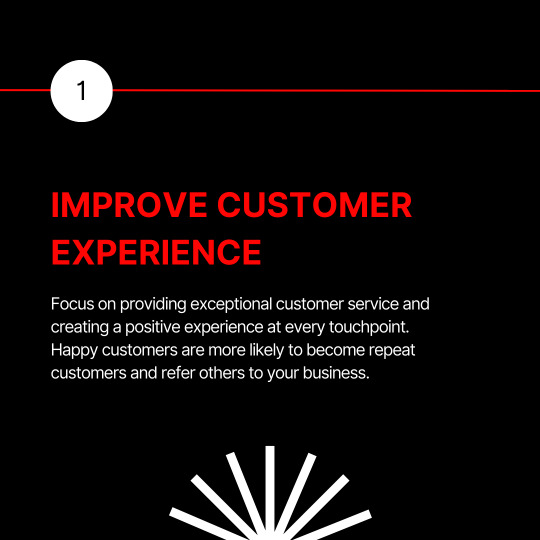
Remember, a combination of these strategies, tailored to your specific industry and business model, can create a powerful synergy for sustainable growth.
0 notes
Text
0 notes
Text

Social media marketing is a powerful digital marketing strategy that involves creating and sharing content on social media platforms to achieve marketing and branding goals. Here are key aspects and considerations for social media marketing:
1. Platform Selection:
Target Audience: Identify the social media platforms where your target audience is most active. Common platforms include Facebook, Instagram, Twitter, LinkedIn, Pinterest, and TikTok.
2. Goal Setting:
Clear Objectives: Define specific goals for your social media marketing efforts. These could include increasing brand awareness, driving website traffic, generating leads, or boosting engagement.
3. Content Strategy:
Varied Content Types: Create a mix of content types, including images, videos, text posts, and interactive content. Tailor content to the platform and audience preferences.
4. Consistency and Frequency:
Regular Posting: Maintain a consistent posting schedule to keep your audience engaged. The frequency of posts may vary by platform and industry.
5. Audience Engagement:
Two-Way Communication: Actively engage with your audience by responding to comments, messages, and mentions. Foster a sense of community around your brand.
6. Paid Advertising:
Targeted Ads: Utilize paid advertising features on social media platforms to reach specific demographics, interests, and behaviors. Social media ads can be highly targeted and cost-effective.
7. Influencer Marketing:
Collaborate with Influencers: Partner with influencers who align with your brand to reach a wider audience and build credibility. Influencers can help promote your products or services authentically.
8. Analytics and Monitoring:
Performance Metrics: Use analytics tools provided by social media platforms to track key performance metrics. Monitor engagement, reach, clicks, conversions, and other relevant data.
9. Hashtag Strategy:
Strategic Use of Hashtags: Incorporate relevant and branded hashtags to increase the discoverability of your content. Research popular hashtags in your industry.
Social media marketing requires a thoughtful and strategic approach. By leveraging the unique features of each platform and staying attuned to audience preferences, businesses can effectively use social media to connect with their target audience and achieve marketing objectives.
0 notes
Text
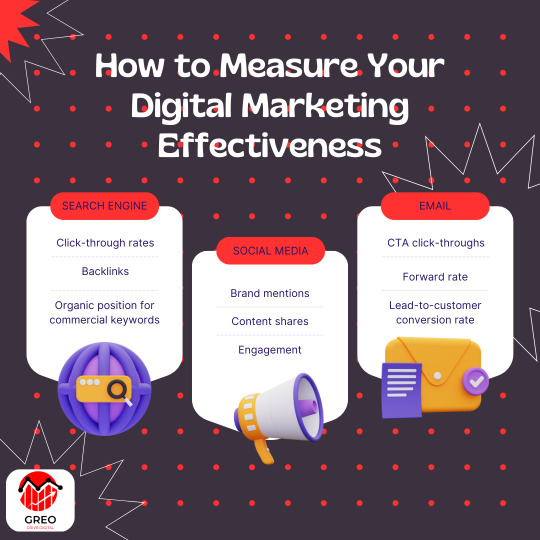
Digital marketing has proven to be highly effective in various aspects, contributing to the success of businesses and organizations across different industries. Here are key reasons why digital marketing is considered effective:
Targeted Audience Reach:
Precision Targeting: Digital marketing allows businesses to target specific demographics, interests, and behaviors. This targeted approach ensures that marketing messages reach the most relevant audience.
Measurable Results:
Analytics and Data: Digital marketing platforms provide robust analytics and tracking tools. Marketers can measure the performance of campaigns in real-time, enabling data-driven decision-making and optimization.
Cost-Effectiveness:
Budget Control: Compared to traditional forms of advertising, digital marketing often offers more cost-effective options. Businesses can set budgets, adjust them as needed, and allocate resources based on performance.
Global Reach:
International Presence: Digital marketing enables businesses to reach a global audience without the need for a physical presence in every location. This is particularly beneficial for small and medium-sized enterprises.
Personalization:
Tailored Content: Digital marketing allows for personalized content and messaging. Marketers can customize their communication based on user behavior, preferences, and past interactions.
Interactivity and Engagement:
Two-Way Communication: Social media and other digital platforms facilitate direct interaction between businesses and their audience. This engagement builds relationships, enhances brand loyalty, and provides valuable feedback.
Flexibility and Adaptability:
Real-Time Adjustments: Digital marketing campaigns can be quickly adjusted based on performance metrics and changes in the market. This flexibility allows marketers to adapt to evolving trends and consumer behavior.
Multichannel Integration:
Diverse Platforms: Digital marketing spans various channels, including social media, search engines, email, content marketing, and more. Integrating these channels provides a holistic approach to reaching and engaging audiences.
SEO and Online Visibility:
Search Engine Optimization: Digital marketing contributes to improved search engine rankings through SEO strategies. This enhances online visibility and increases the likelihood of attracting organic traffic.
Higher Conversion Rates:
Targeted Campaigns: By reaching a more relevant audience and utilizing personalized strategies, digital marketing often leads to higher conversion rates compared to broad-reaching traditional methods.
Real-Time Communication:
Instant Messaging: Digital marketing allows for real-time communication with customers through channels like live chat, instant messaging, and social media. This immediacy can positively impact customer satisfaction and resolve issues promptly.
Continuous Optimization:
A/B Testing: Marketers can conduct A/B testing and other experiments to optimize campaigns continuously. This iterative process helps refine strategies for better results over time.
While digital marketing offers numerous advantages, its effectiveness depends on the specific goals, target audience, and the execution of strategies. A well-planned and executed digital marketing campaign can significantly contribute to a business's success in the digital age.

0 notes
Text
Content Marketing

Content marketing is a strategic marketing approach that involves creating and distributing valuable, relevant, and consistent content to attract and engage a target audience. The primary goal of content marketing is to provide valuable information to the audience, build brand awareness, establish authority, and ultimately drive profitable customer action. Here are key elements and steps involved in content marketing:
1. Define Goals and Objectives:
Clearly outline what you want to achieve with your content marketing efforts. This could include goals such as increasing brand awareness, driving website traffic, generating leads, or boosting sales.
2. Understand Your Audience:
Identify your target audience and understand their needs, preferences, and pain points. Tailor your content to address their interests and challenges.
3. Create a Content Strategy:
Develop a comprehensive content strategy that aligns with your business objectives. This strategy should outline the types of content you'll create, the platforms you'll use, and the frequency of content production.
4. Content Creation:
Produce high-quality and relevant content that resonates with your audience. This can include blog posts, articles, videos, infographics, podcasts, social media posts, and more.
5. Optimize for SEO:
Incorporate search engine optimization (SEO) techniques to ensure your content is discoverable online. Use relevant keywords, optimize meta tags, and create content that provides value to both users and search engines.
6. Content Distribution:
Share your content across various channels, including your website, social media platforms, email newsletters, and other relevant channels. Tailor the distribution strategy to fit the characteristics of each platform.
7. Engage on Social Media:
Leverage social media to amplify your content. Engage with your audience, respond to comments, and encourage sharing to increase the reach of your content.
8. Email Marketing:
Use email marketing to nurture leads and maintain a connection with your audience. Share valuable content, updates, and offers through targeted email campaigns.
9. Analytics and Measurement:
Implement analytics tools to track the performance of your content. Monitor key metrics such as website traffic, engagement, conversion rates, and social media metrics to assess the effectiveness of your strategy.
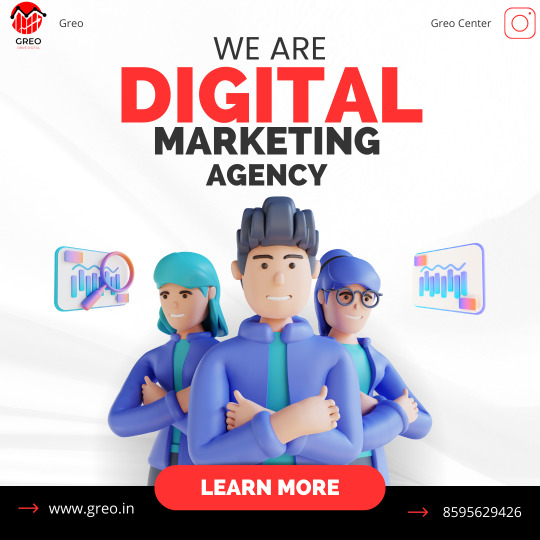
Content marketing is an ongoing process that requires dedication, creativity, and a deep understanding of your target audience. When executed effectively, it can contribute significantly to building a strong brand presence and driving long-term success.
0 notes
Text
Affiliate Marketing
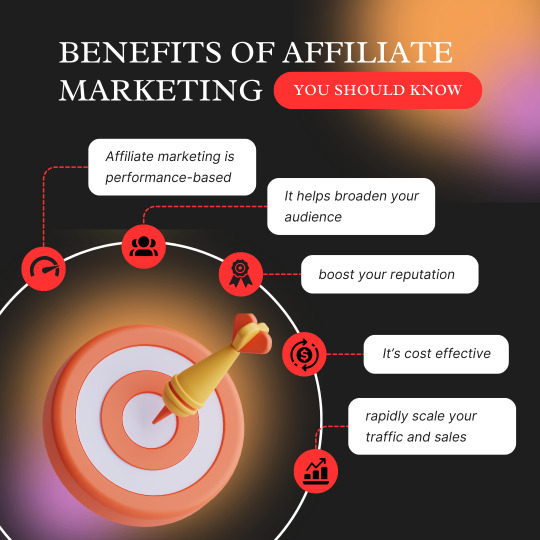
Affiliate marketing offers numerous benefits for both businesses and individuals participating in the program. Here are some key advantages:
Cost-Effective:
Low Risk: For businesses, affiliate marketing is performance-based, meaning they only pay for actual sales or leads generated. This reduces the risk of spending money on advertising that doesn't result in conversions.
Increased Reach:
Global Exposure: Affiliates can be located anywhere, allowing businesses to reach a global audience without the need for a physical presence in various locations.
Diverse Marketing Channels:
Varied Platforms: Affiliates can promote products or services through various channels such as websites, blogs, social media, email marketing, and more. This diversity helps businesses tap into different audience segments.
Enhanced SEO:
Backlinking: Affiliates often link to the business's website, contributing to an increase in backlinks. This can positively impact search engine rankings and overall online visibility.
Cost-Effective Advertising:
Performance-Based: Advertisers pay commissions only when a desired action (sale, lead, click) occurs. This ensures that marketing dollars are spent efficiently and tied to actual results.
Scalability:
Expansion Opportunities: As businesses identify successful affiliates and strategies, they can scale up the affiliate marketing program, reaching even more potential customers.
Third-Party Credibility:
Trust Building: Consumers often trust recommendations from third-party affiliates more than direct advertisements. This can enhance the credibility and reputation of the business.
Access to Niche Audiences:
Targeted Marketing: Affiliates often operate in specific niches, allowing businesses to target relevant audiences that may be harder to reach through traditional advertising methods.
Easy to Track and Measure:
Analytics and Metrics: Advanced tracking tools and analytics make it easy to measure the performance of affiliate marketing campaigns. This data can be used to optimize strategies for better results.
Flexibility:
Adaptability: Both businesses and affiliates have flexibility in terms of choosing products, services, and promotional methods. This adaptability allows for experimentation and refinement of marketing strategies.
Passive Income for Affiliates:
Recurring Commissions: Some affiliate programs offer recurring commissions for ongoing sales, providing affiliates with a potential source of passive income.
Quick Implementation:
Fast Setup: Compared to many other marketing strategies, setting up an affiliate marketing program can be relatively quick and straightforward.
Affiliate marketing, when executed effectively, can be a mutually beneficial arrangement for businesses and affiliates, fostering a collaborative and results-driven approach to online marketing.
1 note
·
View note
Text
To take your business to new heights
visit- www.greo.in
call - 8595629426
0 notes
Text
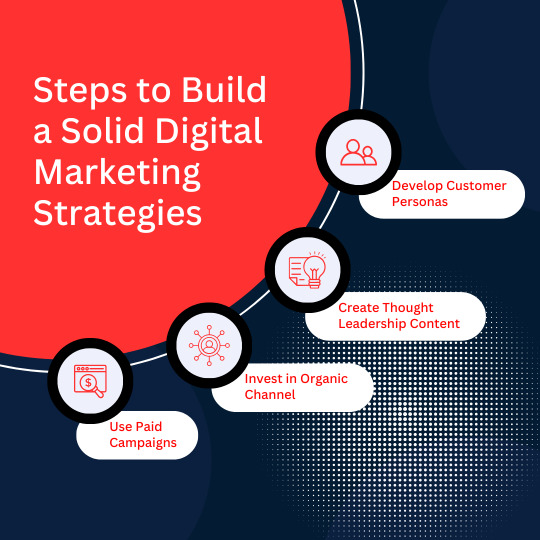
SEO (Search Engine Optimization): Optimize your website for higher search engine rankings.
Content Marketing: Create valuable content to attract and engage your audience.
Social Media Marketing: Promote your brand on platforms like Facebook, Instagram, Twitter, etc.
Email Marketing: Build and use an email list to communicate with your audience.
PPC Advertising: Run paid ads on platforms like Google Ads and social media.
Affiliate Marketing: Collaborate with affiliates for commission-based promotions.
Influencer Marketing: Partner with influencers for targeted audience reach.
Video Marketing: Use videos on platforms like YouTube for engaging content.
Mobile Marketing: Optimize strategies for mobile users.
Chatbots and AI: Implement chatbots and AI for user interactions.
Web Analytics: Use tools like Google Analytics for data-driven insights.
Remarketing: Target users who've visited your site with specific ads.
Customer Reviews: Encourage and showcase positive customer feedback.
Adapting and combining these strategies can effectively enhance your digital marketing efforts.
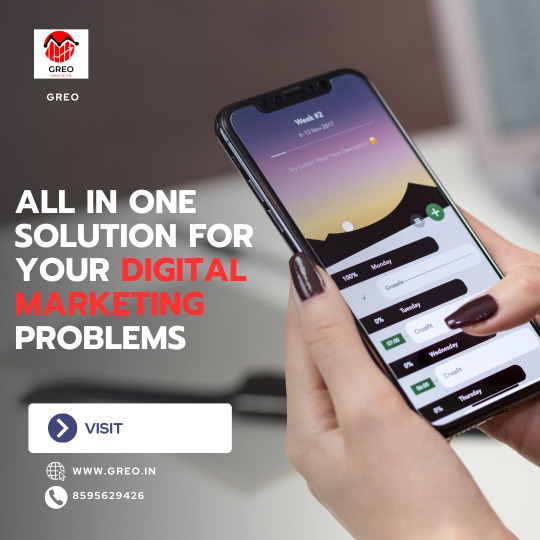
0 notes
Text
Affiliate Marketing
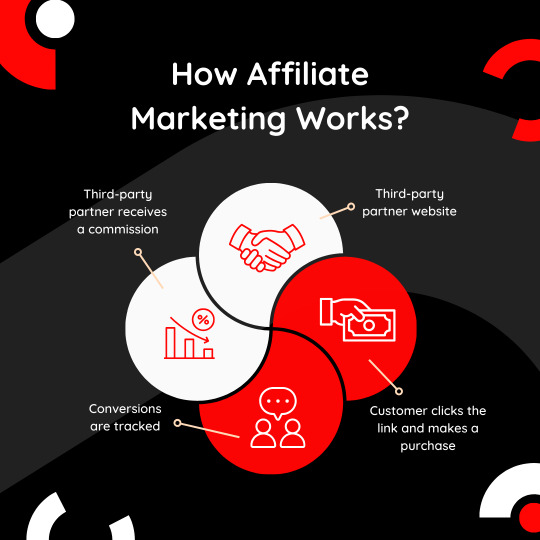
Here's how affiliate marketing generally works:
Merchant (Advertiser): This is the company or individual that owns the product or service. They create an affiliate program to allow others to promote and sell their offerings.
Affiliate (Publisher): Affiliates are individuals or entities that join the affiliate program and promote the merchant's products or services through various marketing channels, such as websites, blogs, social media, or email.
Affiliate Network (Optional): Some merchants manage their affiliate programs in-house, while others use affiliate networks. Affiliate networks act as intermediaries, connecting merchants with affiliates and facilitating the tracking of sales, clicks, and commissions.
Promotional Content: Affiliates use unique tracking links provided by the merchant to promote the products or services. This ensures that the merchant can trace the traffic and sales generated by each affiliate.
Commissions: Affiliates earn a commission for each desired action, such as a sale, lead, or click, depending on the agreed-upon terms. Commissions can vary and are typically a percentage of the sale or a fixed amount.
Tracking and Analytics: Tracking technology, such as cookies or affiliate tracking software, is used to monitor the performance of affiliate marketing campaigns. This helps determine the effectiveness of affiliates and calculate commissions accurately.

0 notes
Text
0 notes
